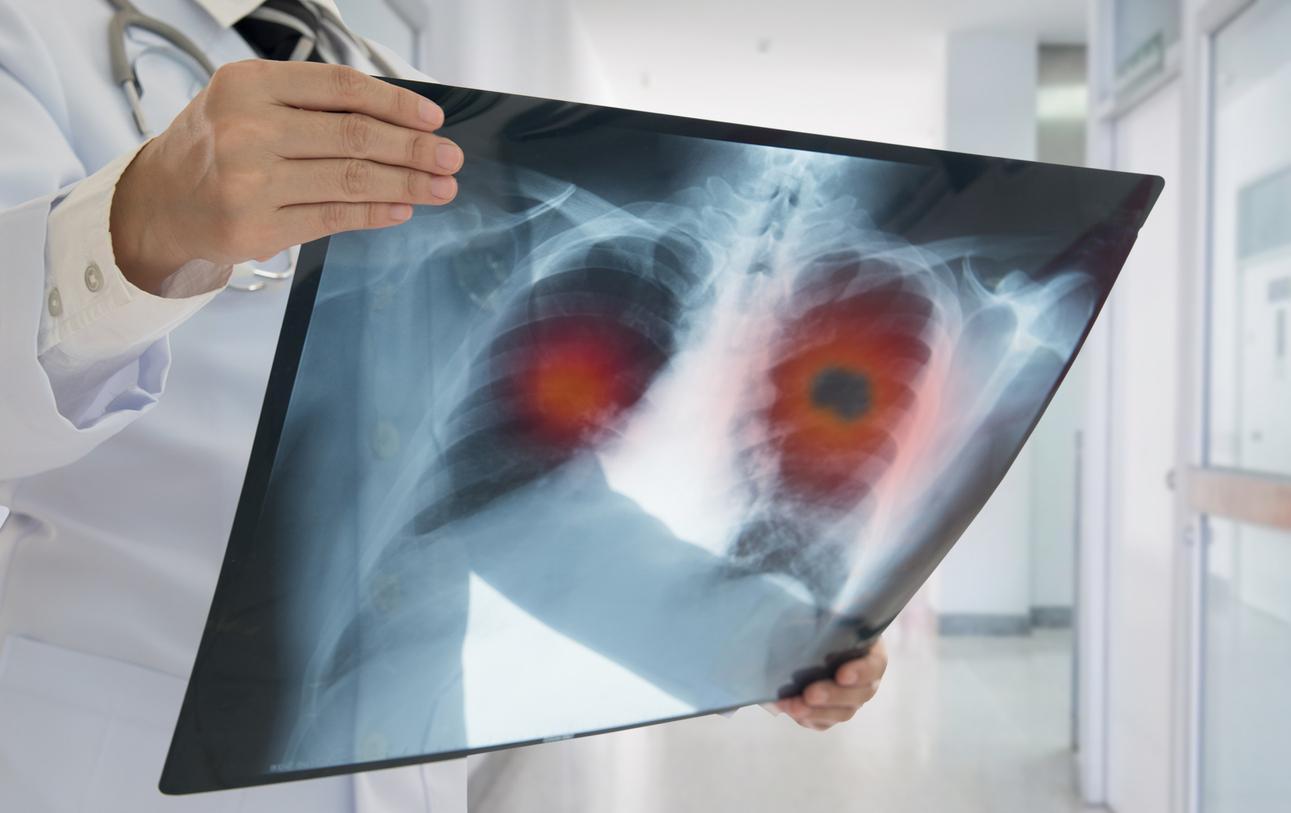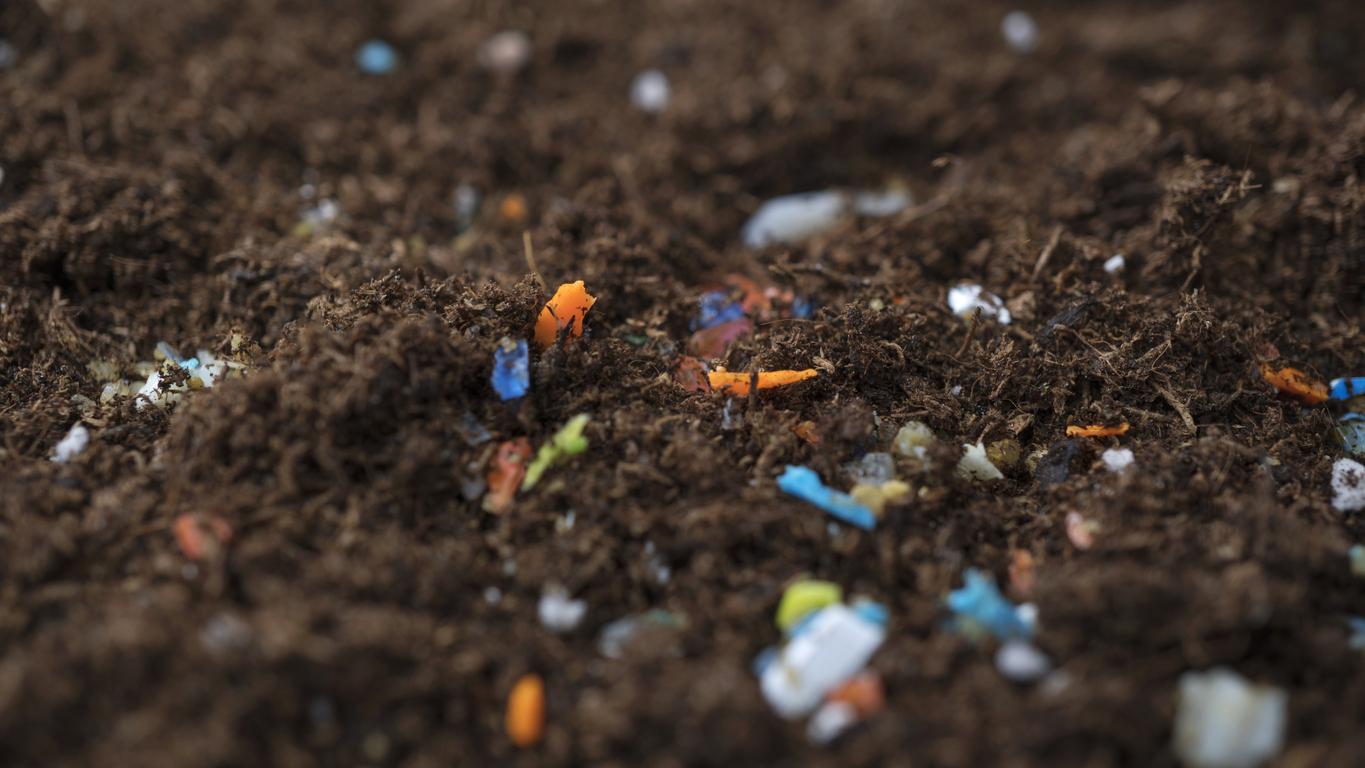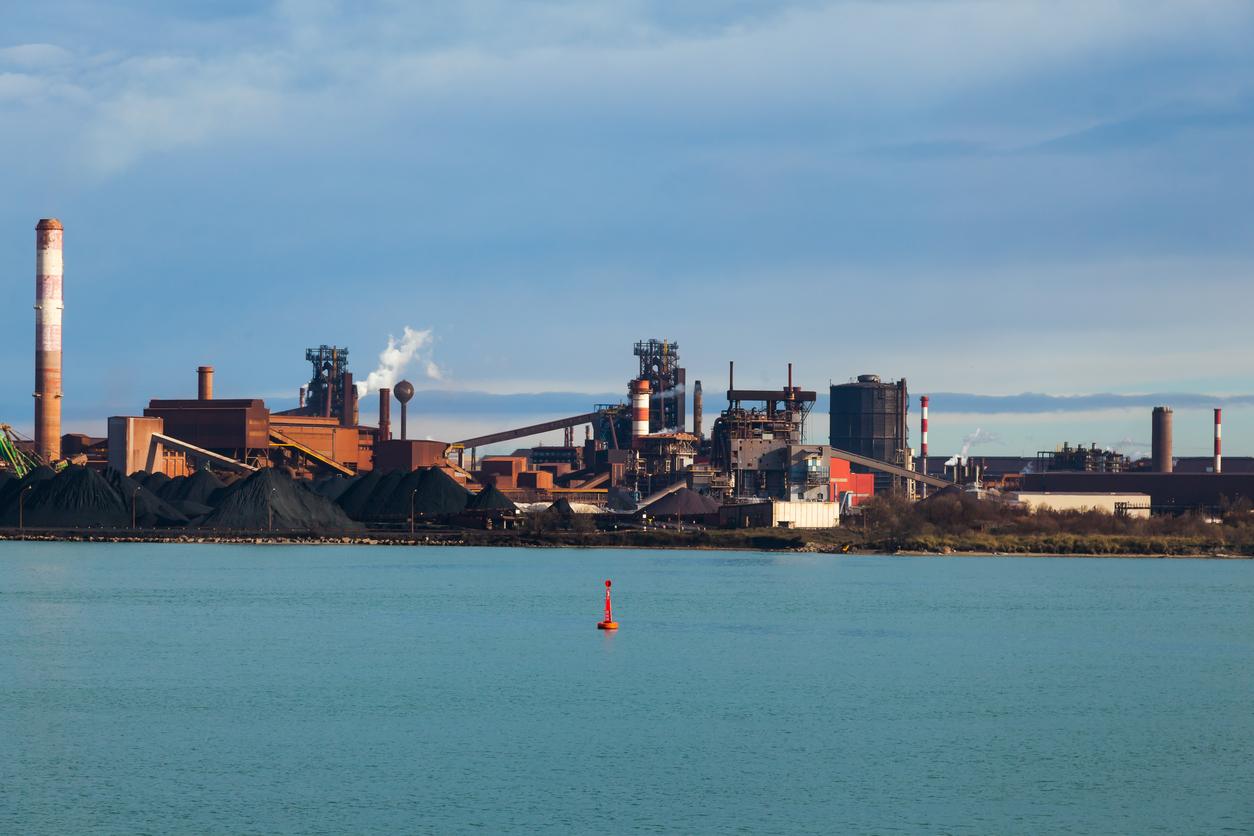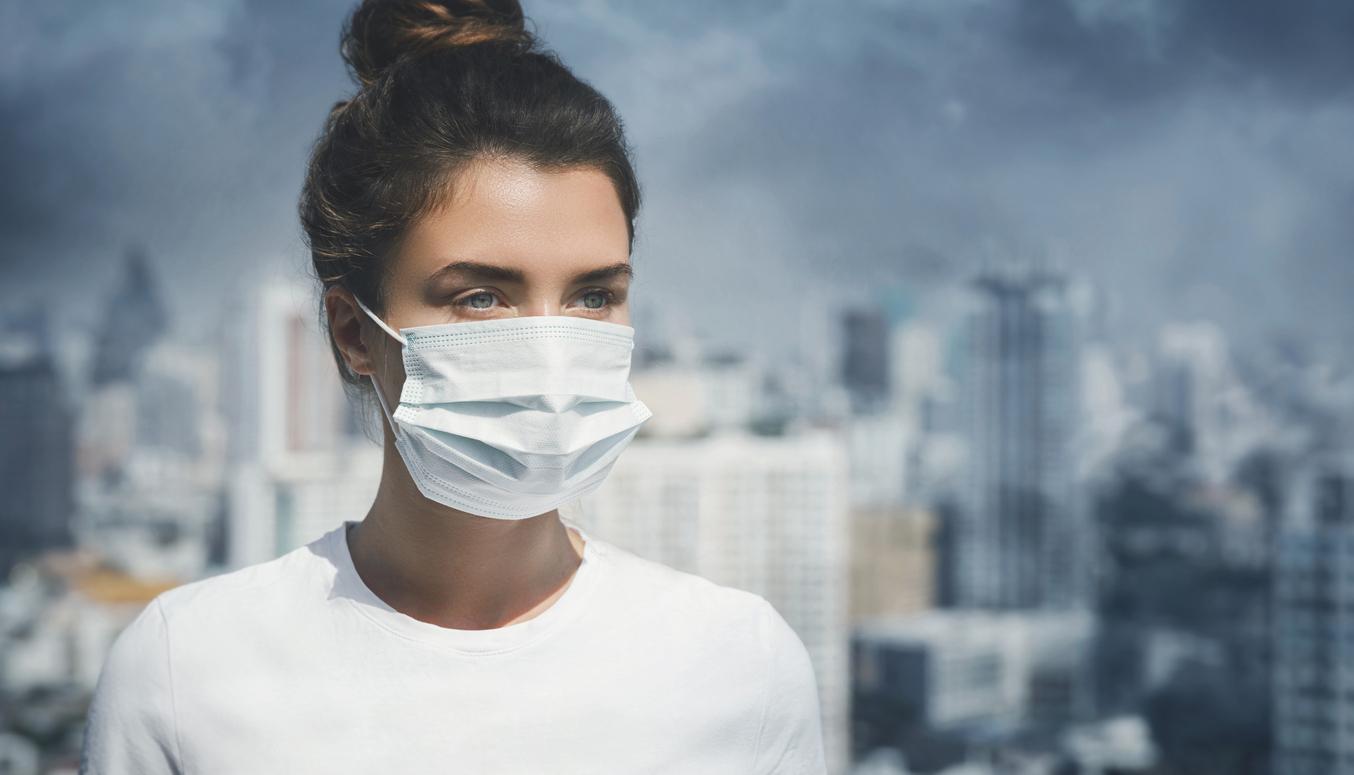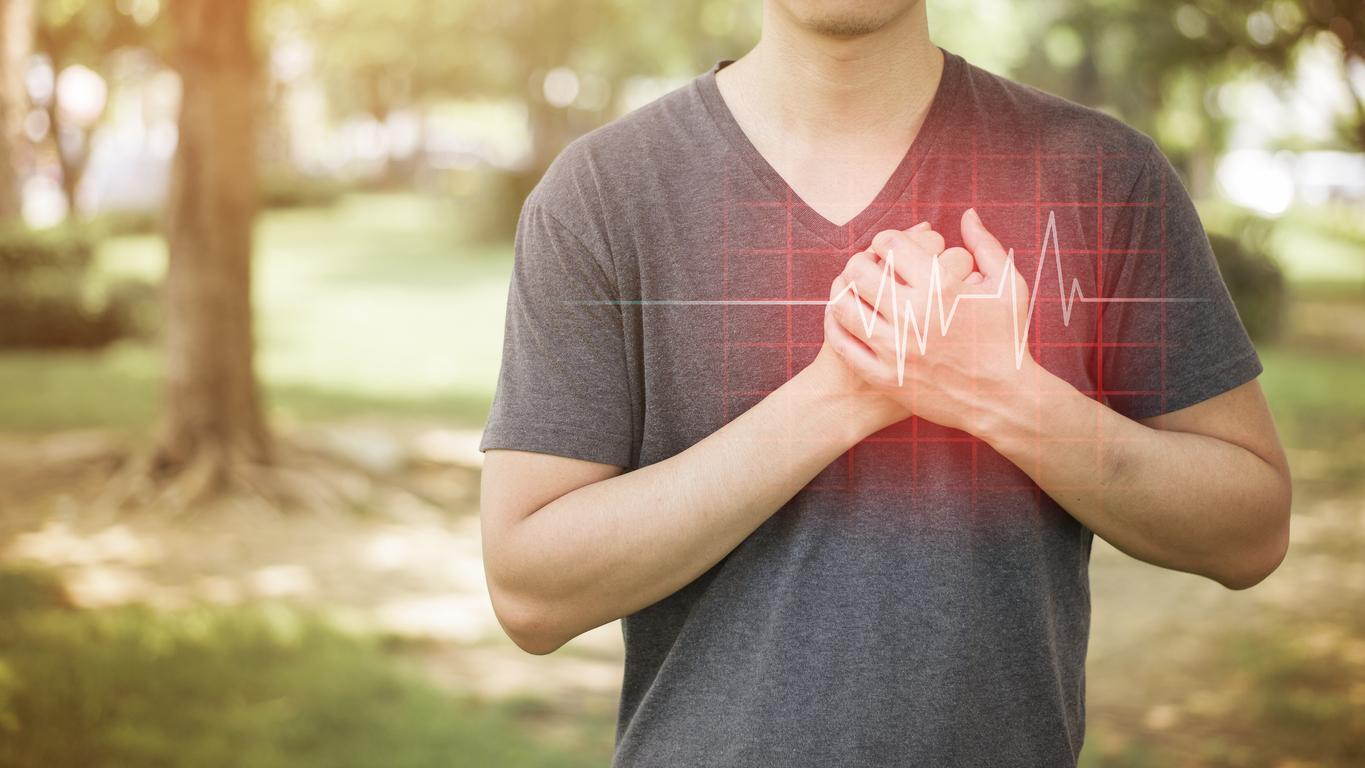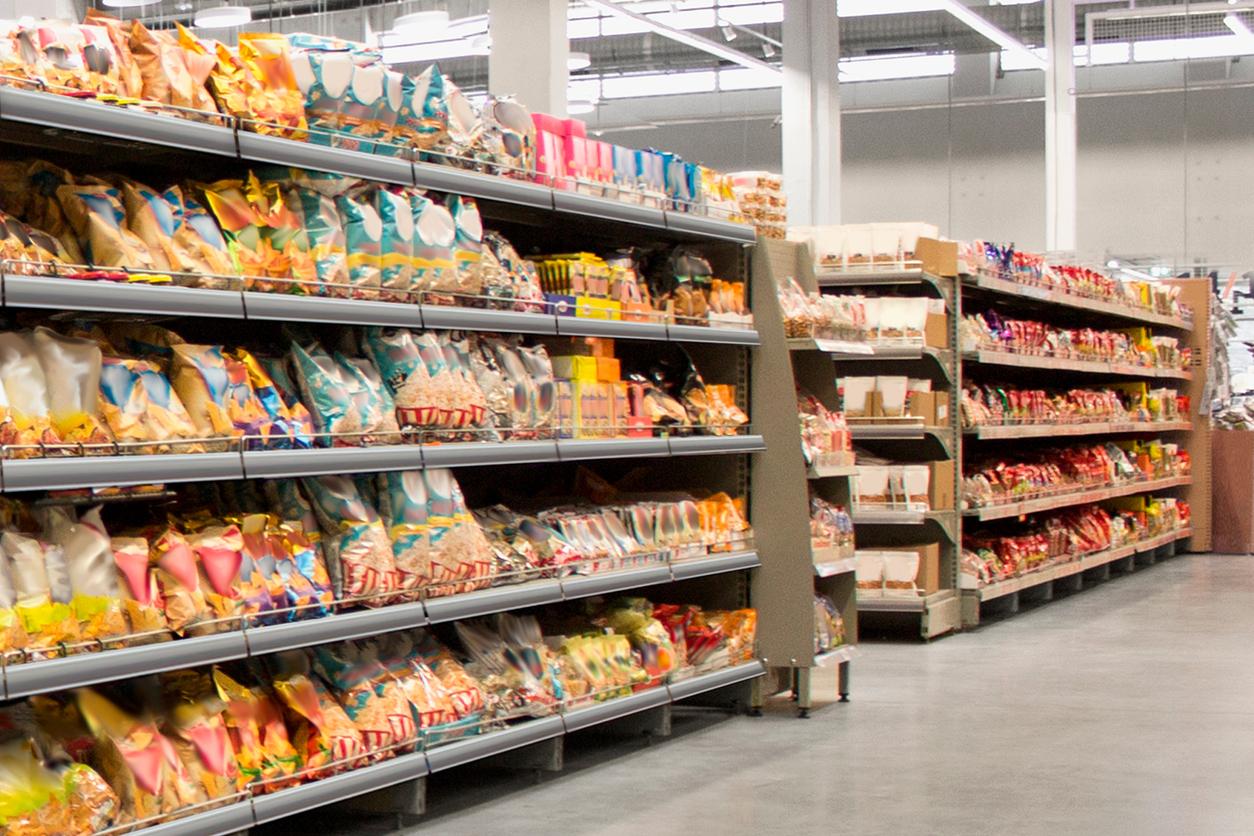In Europe, 72% of tap water is believed to be contaminated. An omnipresent pollution whose effects on health are still unknown.
-1504800664.jpg)
Plastic, It’s Fantastic. So much so that we use it in all sauces. Since its invention, humanity has produced 8.3 billion tonnes of it, according to a study published in July in Science Advances. An invasion that the planet does not seem to appreciate. In return, she makes us eat it. Or rather, she makes us drink it.
A water survey, conducted by Orb Media in 14 countries around the world, is indeed not reassuring. Tap water was analyzed, and plastic fibers were found in 83% of the samples. An omnipresent pollution that affects us directly.
Europe better off
In Europe, plastic was found in 72% of samples, the lowest rate in the study. In Jakarta (Indonesia), it is 76%, in New Delhi (India), it rises to 82%, and the record is jointly held by Lebanon and the United States. In these two countries, 94% of the samples taken contained plastic fibers!
These measured between 0.1 and 5 mm. Samples contained an average of just over 4 per liter, but some peaked at 54 particles per liter. The most polluted samples were found in the United States. In Europe, which seems to be doing better than the other continents, the average density is less than 2 fibers per liter.
Ubiquitous contamination
But where do these fibers come from? Unsurprisingly, plastic bottles and bags and all the trash we dump into nature. But not only. A machine wash can disseminate in the waste water up to 700,000 of these fibers which enter into the composition of the clothes.
House paints, road surfaces or boat hulls are concerned. Car tires, through wear and tear, also contribute. A French study published in 2014 in the review Environmental Chemistery had shown that in the Paris region, between 3 and 10 tonnes of plastic microfibers fell from the sky each year.
The variety of products and origins can be found in the variety of fibers identified: polyethylene terephthalate (PET), polyethylene, PVC, polypropylene or even polystyrene are found in our glasses. More or less dangerous petroleum products. Polyethylene and PVC are said to be endocrine disruptors, while polystyrene could be carcinogenic.
Already too late?
The world was moved – for a few seconds – by the results of a australian study published in 2015, which showed that the stomachs of nine out of ten birds contained plastics. Judging by the results of the samples taken by Orb Media, there could be just as many of us on dry land.
Moreover, the analyzes carried out did not make it possible to detect fibers of a size less than 100 microns. All microparticles have therefore gone under the radar, while they are potentially the most dangerous: their size allows them to pass into the bloodstream, and even into cells, according to the report.
Plastic has polluted the oceans, and is now attacking drinking water. “This should put our ideas back in place,” indignant the 2006 Nobel Peace Prize laureate, Muhammad Yunus. We knew that part of the plastic we produce had passed through the food chain to us. Now it does so through drinking water. Is there a way out? “
It might be time to react, indeed. If, however, it is not too late.
.







